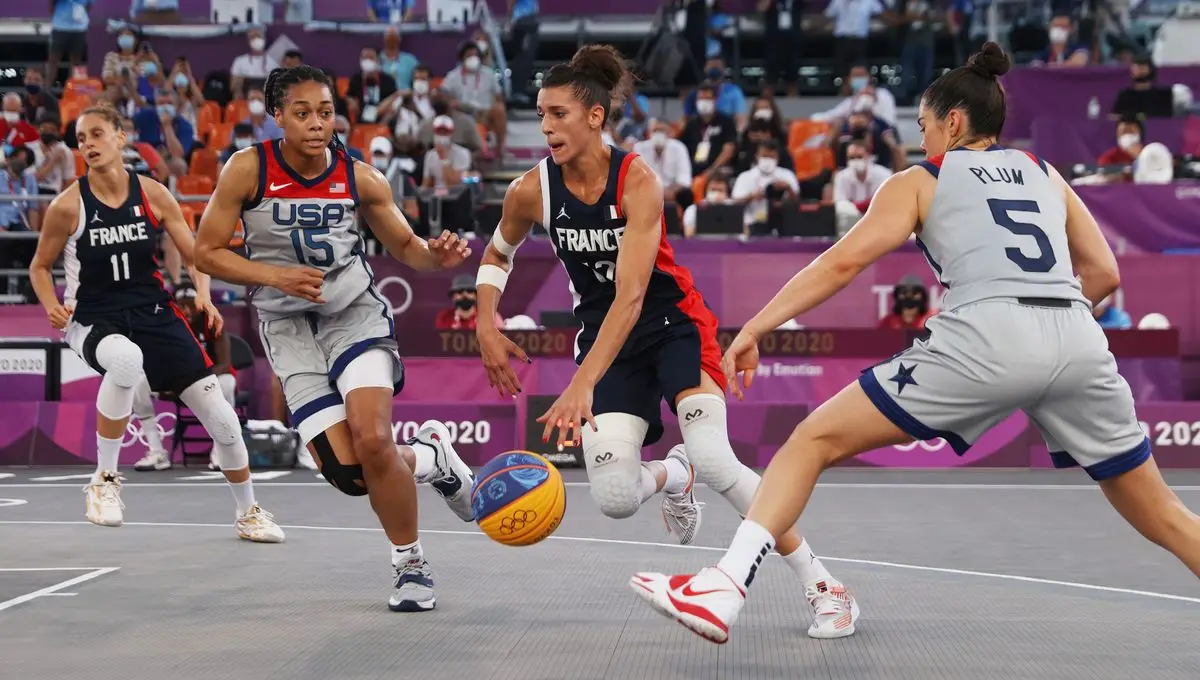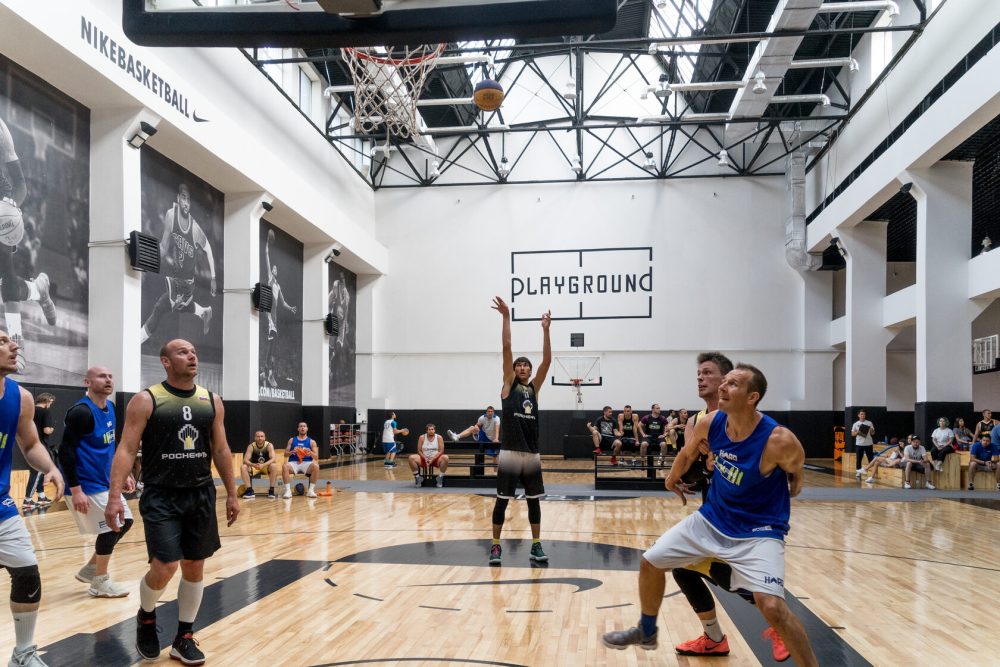The streams of criticism did not prevent the basketball player James Harden from staying in the headlines of sports media for a decade and a half. No other player has evoked such polarizing opinions between being a “genius of attack” and a “culprit of failures.” Continuing his career after three high-profile transfers, challenging “seventh games,” and painful defeats. It’s not a coincidence but a result of a constantly evolving role on the court. The athlete does not disappear from view for one simple reason – his style remains a phenomenon.
Basketball player James Harden: unembellished numbers
The athlete doesn’t just accumulate points – he redefines the concept of productivity. The 2018 season: an average of 36.1 points per game. A result surpassing Jordan in his “untouchable” 1987. Over 11 assists per game in the 2023 season. This is not dusty statistics but a tool to pressure opponents, forcing them to change defensive strategies. Harden’s team countered traps and double coverage schemes more often than any other.

However, in the playoffs, Harden’s statistics in crucial matches show a contrast: 5 out of 11 “seventh” games ended with below-average performance. Such imbalance led to a wave of criticism. But each defeat became a new phase of adaptation. No shot was taken without the context of pressure, no failure ended in retreat.
From Arizona to the star league
Basketball player James Harden did not start in the NBA as a chosen one. He was selected third in the 2009 draft. His debut in Oklahoma was overshadowed by Kevin Durant and Russell Westbrook. The first two seasons – a sixth man role. But James Harden’s NBA biography did not follow the classic “wait – shoot” script.
In 2012, a transfer to Houston changed the course: in the very first season – 25.9 points, 5.8 assists, a leader status. Harden’s career statistics improved: eight seasons with over 25 points on average, three with over 30. Each transformation occurred without a drop in efficiency.
Beard as a symbol of unconventional play
“The Beard” – a nickname that became a brand. But it wasn’t marketing that made him recognizable, but a special technique. Basketball player James Harden changed the game’s rhythm. His dribbling disrupts defenders’ timing, and the step-back became his signature move. No other player has executed as many three-pointers off the dribble – over 700 in his career.
James Harden, a player who blurred the lines between point guard and scorer. The ability to simultaneously handle the ball, control the tempo, and finish – in its pure form, is rare. Team support was not through formal assists but by creating space for others.
A veteran who still dictates
Since 2021, he has changed teams three times. Each time, basketball player James Harden faced skepticism. In Brooklyn – an attempt to synergize with Kevin Durant. In Philadelphia – a union with Joel Embiid. In both cases, reaching the finals was unsuccessful, but the athlete did not diminish his contribution: in the regular season, Harden averaged +20 points and +10 assists.
In 2023, despite being 34 years old, the athlete re-entered the top 5 in the NBA for the number of assists. Harden’s statistics in crucial matches of the 2023 season showed progress in clutch moments. In the playoffs against Boston, he scored 45 points in the first game of the series, becoming the oldest guard with such a performance in playoff history.
The chain reaction of criticism and progress
Each playoff failure sparked a new wave. Criticism repeated year after year: lack of aggression in crucial moments, loss of efficiency under tight coverage, slowing down the pace. But Harden’s team adapted each time. In Houston – by increasing isolation plays. In Philly – by transitioning to a more team-oriented attack.
Harden’s shooting mechanics remain unique: a trajectory with a low launch angle, minimal run-up, pinpoint accuracy – in 2022, 37.1% from the three-point line with over 7 attempts per game. These stats make him a threat from any point. Harden’s career statistics include over 2500 successful three-pointers.
In every team, he creates dynamics. Even without a championship. His “seventh games” are studied by analysts, his numbers are discussed in any comparison. Basketball player James Harden remains a topic of discussion. Statistics, style, performance, and inconsistency combine in one player – creating the perfect media storm.
Basketball player James Harden: a legend outside the norm
His career cannot be characterized in one word. An MVP trophy, three scoring titles, a place in the top 30 for total points. He entered the pantheon without winning a title. He is a player whose influence on basketball exceeds formal achievements. The beard has become a symbol of freedom on the court.
5 facts solidifying Harden’s status
The phenomenon of the basketball player is revealed not in words but in numbers. Each of these indicators is a result of systematic domination, unconventional decisions, and consistent aggression in attack:
- 36.1 points on average (2018-2019) – the third result in NBA history after Chamberlain and Jordan.
- 22 games with 50+ points – one of the league leaders in super high-scoring matches.
- Over 7,000 assists in his career – top 10 in assists among active players.
- Most points in a playoff game – 45 points (2023) – at an elite level even at 33 years old.
- Over 2500 three-pointers – trailing only Curry and Thompson among backcourt players.
These numbers do not paint a portrait of a sniper but an image of a systematic disruptor of schemes. Basketball player James Harden has proven that influence is measured not by titles but by the scale of changing the game itself.

Conclusion
Basketball player James Harden remains at the center of attention despite age, criticism, and team changes. His game is not a repetition but a reboot of the format. Passes, shots, isolations – each episode sets the pace, changes the meeting’s script, and draws attention. His influence does not diminish: coaches adjust schemes to his rhythm, analysts tailor models to his atypical decisions.
His career did not end with a title – but continues to rewrite the approach to attack. He remains a figure through which talent, contradictions, and ideas in the NBA are measured.
 en
en  de
de  ar
ar  es
es  hi
hi  fr
fr  nl
nl  it
it  pt
pt  el
el 










